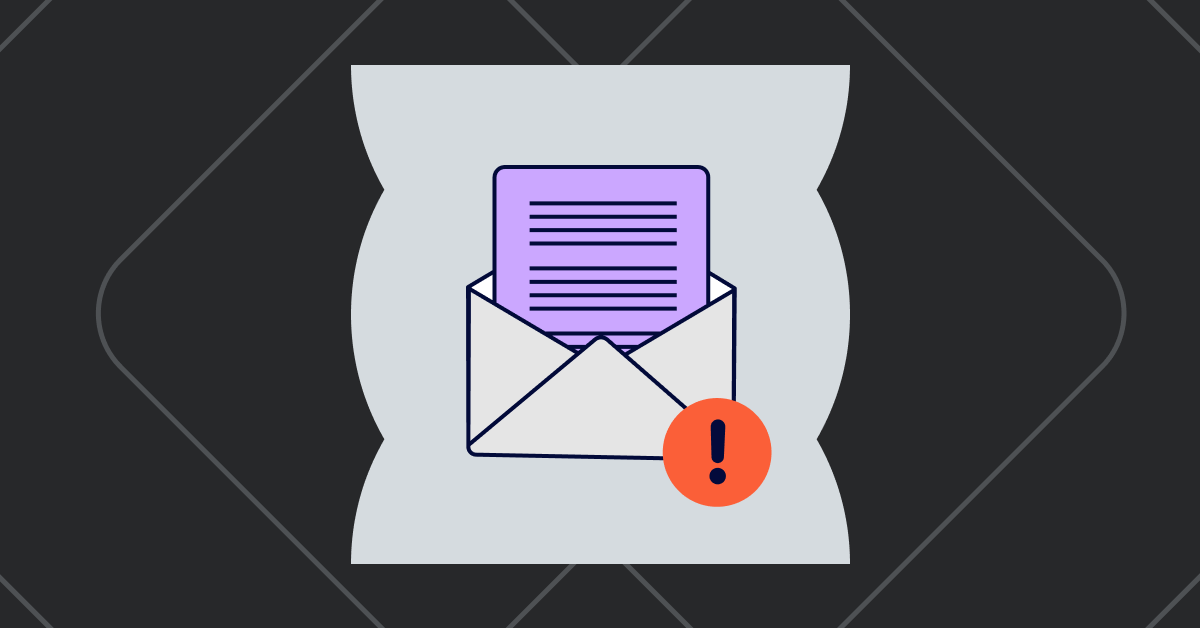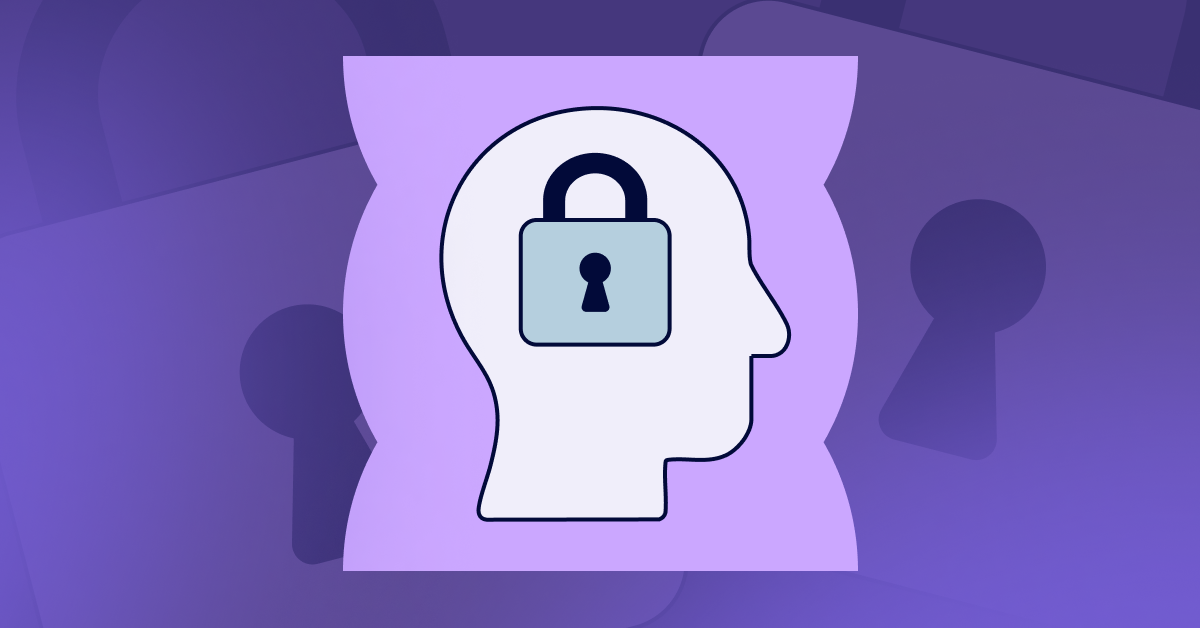Phishing 101
Phishing remains one of the most effective cyberattack methods—and the most overlooked. In this blog, we break down the evolving tactics behind modern phishing attacks and why healthcare SMBs in particular are vulnerable. You’ll learn how phishing works today, what makes it so effective, and five practical strategies to reduce your risk—including email security gateways, phishing simulations, and role-based access controls. If your organization is growing and hasn’t updated its phishing defenses recently, this post offers a timely and actionable guide to protect your employees and dat

You’ve seen the headlines: companies paying out millions after falling for a single email. Phishing isn't new, but it's more dangerous and sophisticated than ever. And it's no longer just an IT problem, it’s a business risk that starts with your people.
In growing organizations, especially in healthcare, phishing attacks thrive on complexity. New hires. Departures. A mix of remote and onsite workers. Legacy systems and SaaS tools stacked together. All of it creates a wider attack surface, and attackers know it.
According to IBM's 2023 Cost of a Data Breach Report, phishing was the second most common initial attack vector, with an average breach cost of $4.76 million. For healthcare, the costs are even higher due to compliance requirements and patient privacy concerns. The issue isn’t just volume, it’s timing, context, and believability. Attackers now impersonate vendors, executives, and even AI-generated voices in real time.
At Notics, we go beyond traditional phishing training. We embed proactive security controls, automate access monitoring, and help clients build a culture of cybersecurity across departments. In this post, we’ll break down what phishing looks like today, why it’s evolving, and what every business needs to put in place to prevent it.
Understanding the Risk: Why Phishing Still Works
Phishing succeeds because it targets human behavior, not just systems. And most businesses don’t train, test, or empower their staff to recognize it consistently.
Common Phishing Tactics Today
- Credential harvesting via fake login portals
- Business email compromise (BEC) impersonating executives or vendors
- Voice phishing (vishing) using AI-generated voices to impersonate leadership
- Multi-factor bypass attempts via helpdesk impersonation
Why Healthcare SMBs Are Especially Vulnerable
- Complex data environments
- High employee turnover
- Pressure to respond quickly to messages and requests
- Limited IT resources and internal security staffing
Phishing thrives on urgency and uncertainty. And when HR, IT, and frontline teams aren’t aligned, attackers find cracks.
Key Statistics
- 91% of cyberattacks begin with a phishing email (Proofpoint, 2024)
- Healthcare saw a 58% year-over-year increase in phishing attempts in 2023 (Verizon DBIR)
- Only 27% of SMBs conduct regular phishing simulations (CISA, 2023)
Strategic Solutions to Prevent Phishing
1. Implement Email Security Gateways
What it is: These tools scan inbound messages for known threats, malicious links, and spoofed domains before they reach your users.
Why it matters: Most phishing emails are blocked before they’re ever seen—if you have the right filtering in place.
How to implement it: Use solutions like Microsoft Defender for Office 365 or third-party gateways. Customize rules based on your industry and employee roles.
Business impact: Lower incident volume, reduced risk of exposure, and fewer IT support tickets.
2. Run Ongoing Phishing Simulations
What it is: Controlled phishing tests that train employees to identify and report suspicious messages.
Why it matters: Real-world simulation is more effective than passive training.
How to implement it: Partner with a managed IT provider to run monthly campaigns. Track who clicks, who reports, and who ignores.
Business impact: Increased user awareness and measurable behavior improvements over time.
3. Establish a Report-and-Response Process
What it is: A clear, fast way for employees to flag suspected phishing emails—and a structured way for IT to respond.
Why it matters: If reporting feels slow or confusing, employees will delete messages instead of reporting them.
How to implement it: Use tools that allow one-click reporting in Outlook or Gmail. Make sure IT follows up visibly so employees see their actions matter.
Business impact: Faster containment, better threat intelligence, and a stronger security culture.
4. Protect High-Risk Accounts with Conditional Access
What it is: Controls that limit access based on device, location, and risk signals—especially for executives and finance teams.
Why it matters: Senior leaders are common phishing targets due to their authority and access.
How to implement it: Use identity tools like Microsoft Entra ID to configure role-specific conditional access policies.
Business impact: Reduced success rate of spear phishing and executive impersonation attacks.
5. Align Cybersecurity with Onboarding and Offboarding
What it is: Security training and access management integrated into hiring and termination processes.
Why it matters: Many phishing incidents involve current or recently departed employees.
How to implement it: Include phishing awareness in onboarding. Revoke credentials quickly during offboarding with automated workflows.
Business impact: Fewer human-error entry points, tighter access control, and improved compliance readiness.
Conclusion: Preventing Phishing Requires More Than a Spam Filter
Phishing attacks are no longer obvious, mass emails with broken grammar. They’re personalized, timed, and increasingly difficult to detect without the right safeguards. For healthcare SMBs, the stakes are especially high: one click can mean a data breach, regulatory fine, or service disruption that directly impacts patient care.
The good news? These attacks are preventable if your business takes a proactive, layered approach. That means combining user training with automated tools, response playbooks, and regular system audits.
At Notics, we help growing businesses close these gaps. Our embedded IT Champions build resilient systems and train your staff so that email security isn’t just an IT responsibility, it’s a shared business function.
If your organization hasn’t revisited its phishing defenses in the past six months, it’s time. The threats have evolved. Your defenses should, too.
we can help
Did you enjoy this content?
Subscribe to our newsletter and get weekly tips on leveraging technology to supercharge your business operations. Don't miss out on the strategies that could transform your company!
.png)

